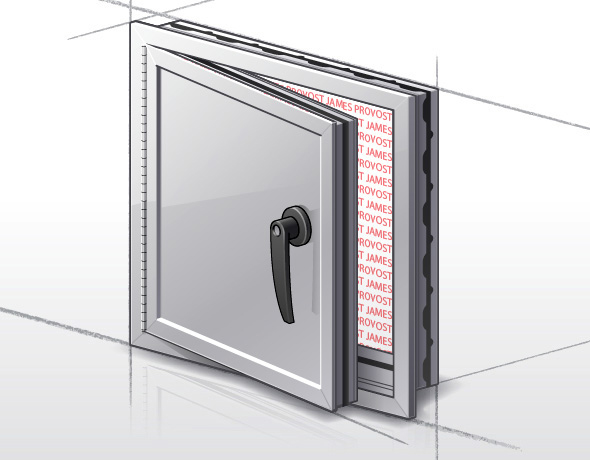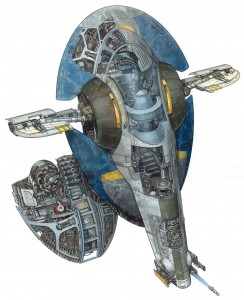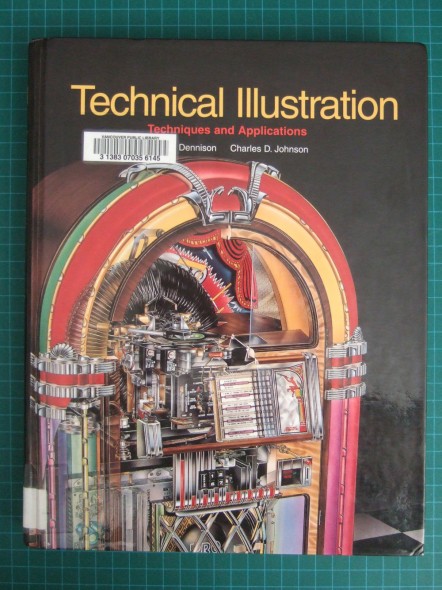
Flaunt My Design interviewed me about specializing as a creative freelancer. Here’s an excerpt:
There are many reasons to specialize as a creative freelancer: Clients trust experts, word of mouth works better, and your marketing becomes more straightforward. For your inspiration, and to give you a little push to specialize, I interview graphic designers, illustrators and web designers who already have chosen their niche.
What’s your niche?
I specialize in technical illustration, the visual communication of technical information. I work with magazines, advertising firms and corporations with projects in the automotive, aerospace, architecture, engineering, energy, science and robotics fields.
How did you originally break into technical illustration?
My first job in technical illustration was an internship with Toronto’s Transit Commission where I produced instructional illustrations for their training department. During my final year of school I started receiving freelance work which enabled me to continue freelancing fulltime after graduation.
Nowadays, how do you find new clients in this niche?
My marketing strategy is simply to do the best work I can and get it in front of the right people by sharing it as widely as possible online. Personal projects, where I’m pursuing my curiosity or exploring new techniques, tend to get the best response and bring in the kind of work I like to do.
What advice would you give a fellow illustrator/graphic designer about to choose a niche?
Be the best at what you do. Define your niche narrowly enough that you are among the best providers of your specific service. This may limit your job prospects, but clients who need your specific service will find you, and you will be prepared to provide exactly what they’re looking for.
You should compete on quality, not price. In a global economy you will lose a price war. But if you provide the highest quality service to your niche, they will receive the best value for their money and keep coming back to you.







